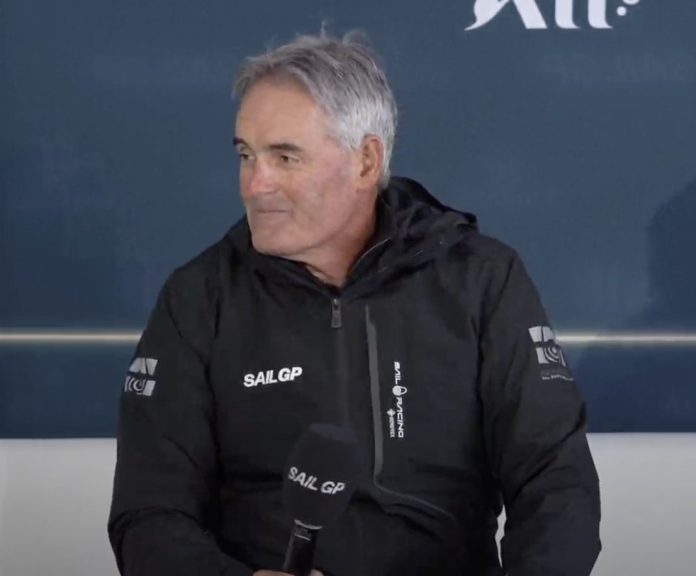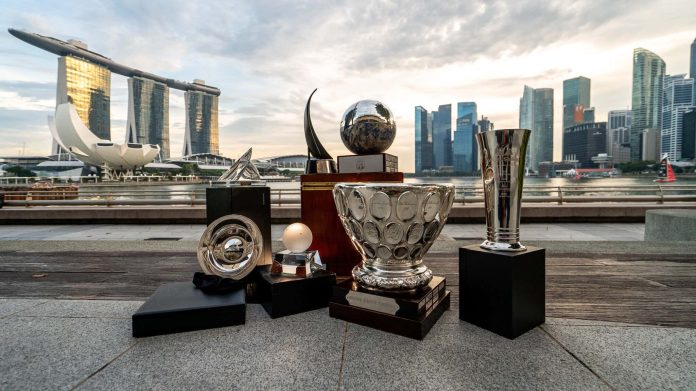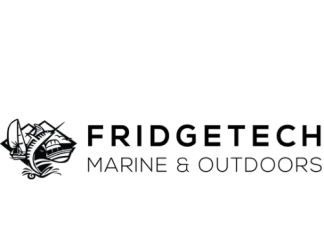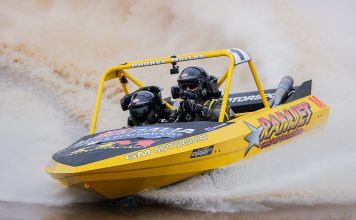Metstrade 2025 is not only about size and scale. At its heart sits the DAME Design Awards 2025, which quietly shape the way gear on our boats looks, feels and works. This year the jury faced the biggest workload in decades, with 146 products entered and 67 nominations, the highest shortlist since 2016. Those nominated designs will sit together in Hall 13’s Elicium building, right in the middle of the show, where every buyer, boatbuilder and designer walks past at some point.
The jury itself reflects the breadth of modern boating. Eleven members from across the leisure and superyacht sectors spent two weeks reviewing entries online, then gathered in Amsterdam for two full days of hands-on testing and debate. A student designer, Scarlett Harris, joined for a second year, bringing a fresh pair of eyes to sit alongside seasoned professionals such as new jury member Alexandra Foineau Oakley, who has worked across distribution, manufacturing and product management.
Out of that mix comes a simple message. The market might have had a tough few years, but product development is back in full swing. The record entry suggests that many companies have kept designing quietly in the background and are now ready to show what they have built.
Metstrade 2025: Kiwi innovation takes centre stage in Amsterdam
Aesthetics, ergonomics, manufacture, lifecycle impact and price
The DAME Design Awards 2025 are not just about looks. The criteria run from aesthetics and ergonomics through to ease of manufacture, lifecycle impact and price. Good design here should make a product easier to build, simpler to use and better for the environment over its life. That is a long way from a simple beauty contest.
The categories were rewritten in 2023, and then tuned again this year to match Metstrade’s updated product groupings. That refresh flows through to the kind of equipment we see nominated. Deck hardware now sits beside digital tools for designers. Trolling motors share space with electric outboards and active gyros. New foam for cockpit cushions appears next to marine diesel training courses.
There is also a wider purpose. All entry fees in 2025 go to The Ocean Conservation Trust, so every submission helps fund practical ocean protection and restoration work. For an industry that relies on healthy coastal water, that connection is easy to support.
Navigation, situational awareness and safety
The Navigation and Communication category feels like a snapshot of where bridge electronics are heading. Broad, multi function displays such as Garmin’s GPSMAP 1523xsv UltraWide, B&G’s Zeus SR and Raymarine’s Pathfinder ECDIS all push toward faster processors, cleaner interfaces and deeper integration. In comparison to older multi function displays, these units promise smoother zooming, smarter sailing features and closer links to radar and autopilot.
Garmin GPSMAP 1553xsv: Big-screen brilliance in an ultrawide format
Raymarine brings innovation to the Sydney International Boat Show
Overlaying those core systems are new eyes and ears. Thermal and multi spectral cameras such as FLIR’s M460 LRF Elite and SEA.AI’s Watchkeeper platform give crews extra help in the dark, while plug and play autopilots like Searebbel’s MobilePilot and offshore racing packages such as Pixel sur Mer’s Exocet Essential extend the same tech into smaller, more performance focused craft.
Sea.AI launches Watchkeeper, smart collision avoidance for recreational boaters
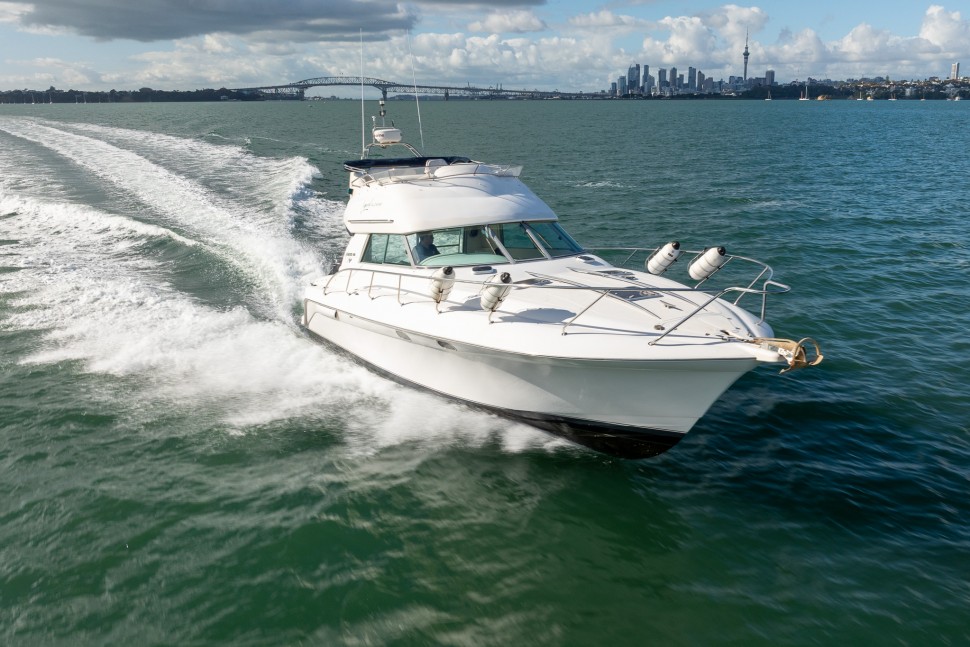
Down in the bilge, products like Digital Yacht’s Bilge IQ and Garmin’s OnBoard system close the loop between status checks and real safety outcomes. Together with sensor hubs like Sensar Marine’s Expansion Hub, they point toward a world where owners can see what their boat is doing from anywhere in the world.
Comfort, propulsion and life on board
Onboard comfort has not been ignored. Dometic’s new CSX refrigeration and 48 volt GVTX HVAC system both acknowledge the rise of electric and hybrid vessels, where every watt counts. Heated decking from Smartdeck HEAT then flows into the same conversation, particularly for colder climate cruising and high latitude superyachts.
Charging your phone might seem trivial in comparison, yet products like Scanstrut’s Ultra Qi2 magnetic wireless charger matter in daily life. Being able to drop a phone onto a mount and know it will charge securely in a seaway is a small but meaningful upgrade.
In Propulsion and Dynamics, familiar names appear. Volvo Penta’s IPS Professional Platform and ZF’s latest pod drive represent the big end of the market. At the more accessible scale, Garmin’s Force Current trolling motor and a new generation ePropulsion electric outboard suggest that electric propulsion for trailer boats and tenders is gaining real pace.
Deck gear that makes life easier on board
The Deck Equipment field shows how even simple jobs on board can benefit from better thought. Seldén’s **Clew Block for furling mainsails** offers four sizes to cover different safe working loads, bringing cleaner geometry and smoother trimming for boats that now rely on in mast or in boom furling. Their **Nail Terminal** for anti torsion cables flows into the same story, making it easier to assemble and maintain modern downwind furling systems.
In comparison to traditional fixed fittings, products such as **Ropeye’s Stick on K** give owners and yards new ways to attach covers and gear without drilling holes everywhere. At the more hands on end of the spectrum, tools like **Easys JAKE** and ONE Palma’s **Softstep** show that simple gear can still be clever. A telescopic hook with interchangeable heads, or a step that doubles as a small workstation, may not grab headlines, but they make day to day boating more civilised.
New materials, new structures
In the Manufacturing, Support Products and Materials category, the range is wide. You see products that could turn up on a Kiwi trailer boat, and others that suit a custom superyacht or large marina.
Awlgrip’s Gloss Finish Primer is a good example of incremental change that matters. A two in one product that speeds up fairing and finish work can save labour in any professional yard. At the same time, cork based interior panels such as CorkMood and recycled plastic sheathing like Supersede Marine Board speak to builders looking for better sound, insulation and sustainability credentials.
At the systems level, software such as Orca3D Advanced Stability feeds into the same development pipeline. Better design tools upstream usually mean better, safer boats for owners downstream. And for anyone who has wrestled with acoustic panelling, Fastmount’s VL PF3 clip will draw interest, providing a neat, glue free way to mount acoustic boards with a controlled air gap.
Power, lighting and smart switching
Move into Electronic and Electrical Systems and you feel the shift toward integrated, data rich power networks. Products like Simarine’s SAC15R smart AC distribution unit and Energy Solutions’ SmartSwitch DC4 aim to strip complexity out of switchboards, while still giving skippers NMEA 2000 level visibility of their systems. In boats where lithium banks, inverters and chargers now all talk to each other, this kind of switchgear becomes the nerve centre.
Lighting also takes a step forward. High power, fully sealed LED fittings such as LightGraphix’s LD1093Z, and illuminated deck concepts like Dexlit’s Enlighted Yacht Deck, sit neatly alongside the control gear. Together they hint at where high end yacht spaces are heading. Clean surfaces, tuned lighting and fewer visible wires.
Portable power units like VOLTAB then extend the same thinking off the boat, giving crews and service teams a way to carry stable energy wherever they need it.
Design that filters down to every level
For boat owners reading from home, the DAME Design Awards 2025 might feel remote, but the results will filter quietly into new models and retrofits over the next few years. Some of the nominated equipment will end up on Kiwi built boats. Some will influence local designers and engineers as they work on their own projects.
What the record entry field really shows is that the marine equipment sector has its energy back. Builders and suppliers are looking beyond short term supply chain issues and are focusing again on smarter, more efficient, more sustainable gear. For those of us who spend our time on the water, that can only be a good thing.












